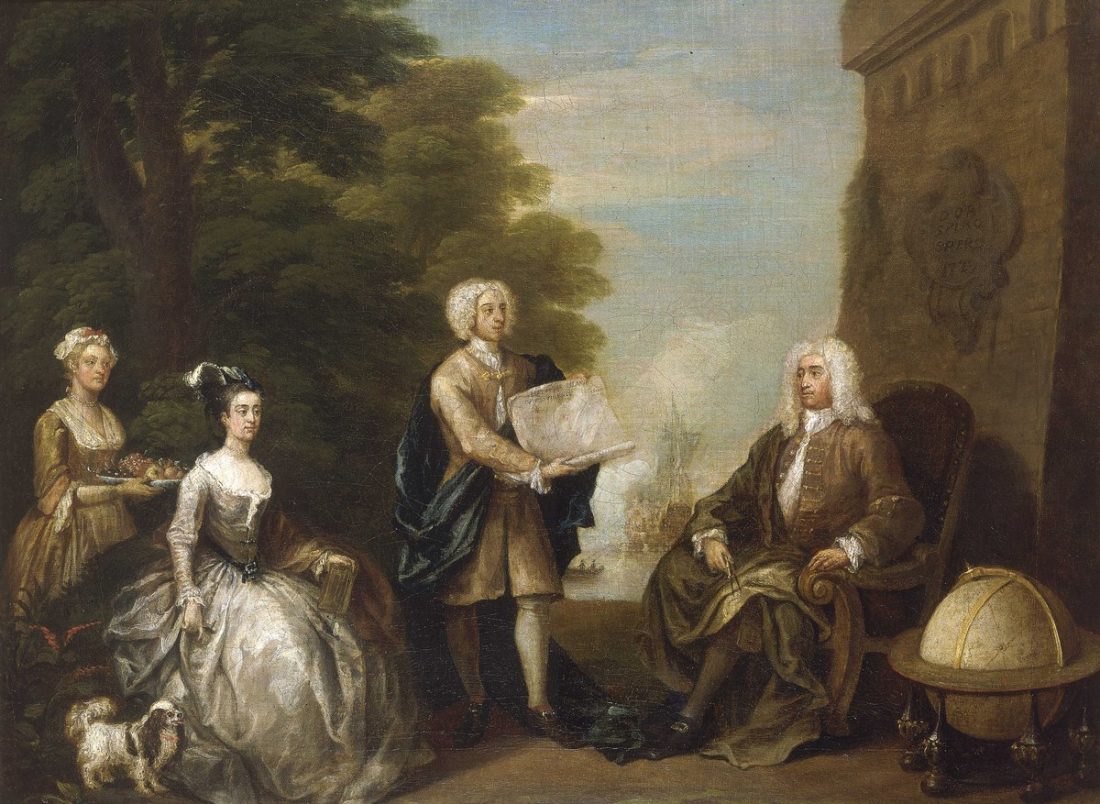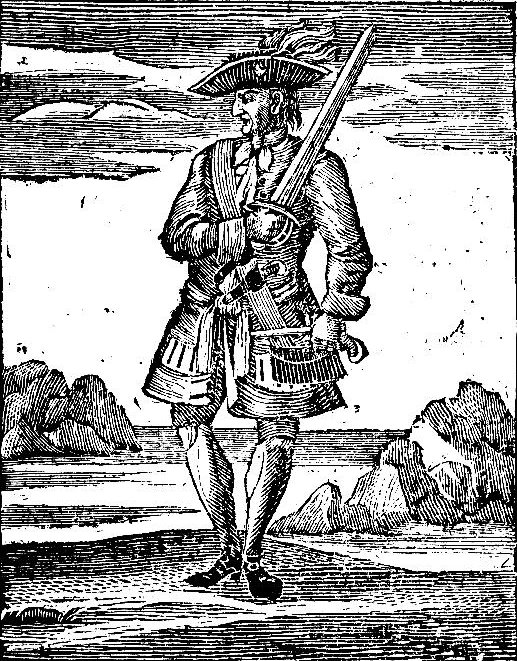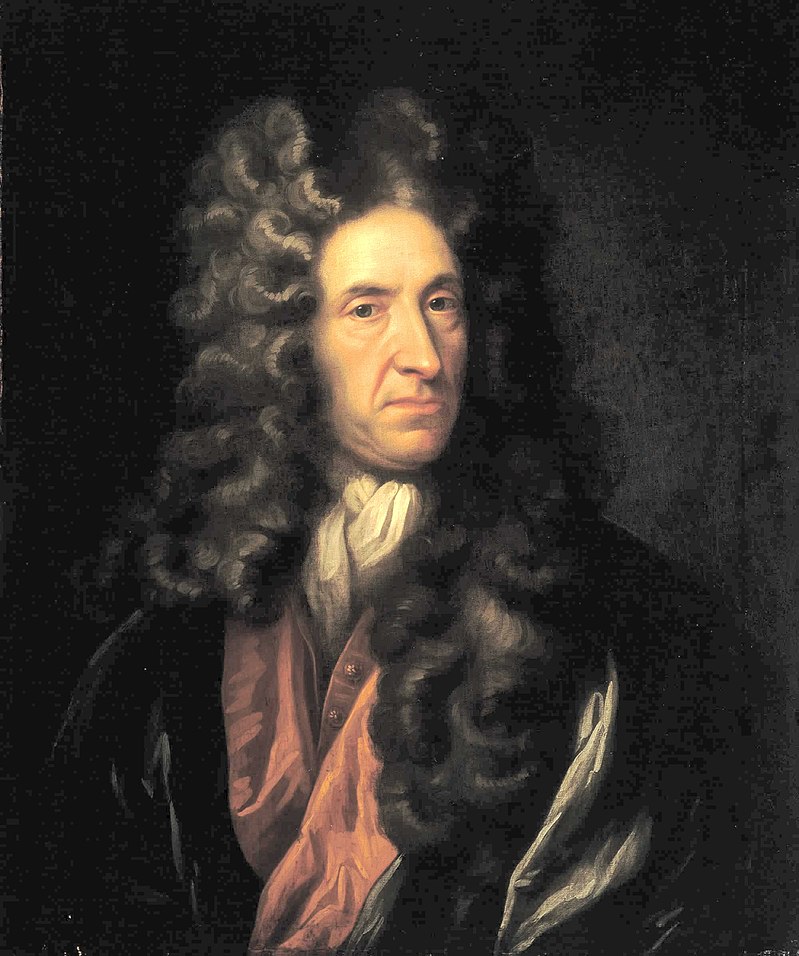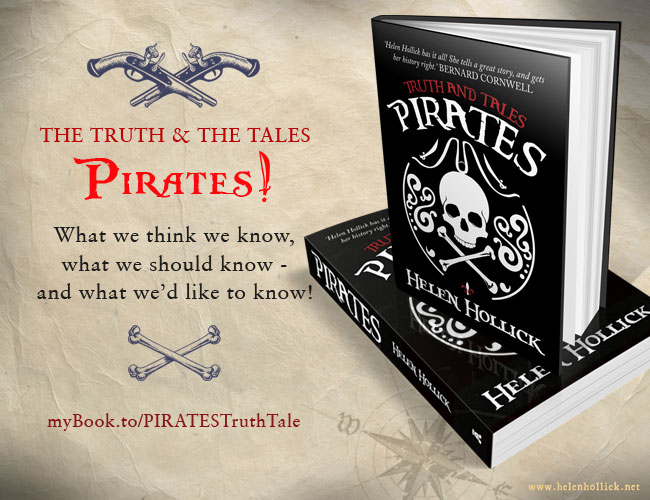Guest Blog by Helen Hollick:
The Man Who Knew About Pirates
My friend Helen Hollick writes a nautical fiction series based on the adventures of her fictional pirate, Captain Jesamiah Acorne and his ship, Sea Witch, but her latest UK release in paperback is a non-fiction book – Pirates: Truth and Tales published by Amberley Press, which explores our fascination with the real pirates and those who are favourites in fiction. Today, Helen drops anchor for the last of her interesting on-line two-week “Voyage around the Blogs” (Click here or on on image for details of earlier blogs) with a pirate or two for company. So here’s her article:
The ‘Golden Age’ of piracy in the Caribbean lasted for only a few short years, from the first frenzy in 1715, triggered by the sinking of a Spanish treasure fleet off the coast of Florida (some of the scattered gold can still be found in the shallows!) and more-or-less ended around 1722. I say more-or-less; piracy continues to this day, it was never totally eradicated, although towards the end of the 1700s piracy switched back to privateering during the years of war between England and France, then the America Colonies and then the Napoleonic Wars. Privateering was legal with a government-given licence to plunder the enemy. Piracy was different. Pirates attacked anything, as long as it was worthwhile and relatively easy to do.

Captain Nathaniel Roberts – the personification of a fashionably dressed pirate
From 1715 to 1718 the Caribbean was alive with pirates: famous names such as Blackbeard, Calico Jack Rackham with Anne Bonney and Mary Read, Samuel Bellamy, Howell Davis, Charles Vane … and my own fictional pirate, Jesamiah Acorne! At first no one particularly worried, but then the rich merchants began to feel the pinch as trade suffered. This was the dawn of the Atlantic trade, when sugar, tobacco and a little later, cotton, had to be transported from America to Europe. Pirates were a nuisance. Something had to be done.
The something was a someone. Woodes Rogers. The Colonies all had appointed governors, but most of them were as corrupt as the pirates. Rogers was different, he was honest and determined to put an end to the scourge of the seas.
The eldest son of a successful shipping family, he had served as a merchant sailor and had circumnavigated the world (during which voyage he was to rescue a marooned man, Andrew Selkirk, better known as Defoe’s Robinson Crusoe.) His remit was to clear the Bahamas of pirates and to make the Caribbean an unfriendly place for anyone ‘on the account’. He was to try to achieve this by offering an amnesty, the King’s Pardon. Appointed as Captain General and Governor in Chief of the Bahamas by George I on 6th January 1718, he spent several months preparing everything and finally set sail on 22nd April 1718 with a fleet of seven ships, accompanied by three Royal Navy vessels as official escort.

Woodes Rogers – the apparent calmness masked an iron will
On arrival at Nassau he immediately encountered notorious pirate, Charles Vane, who attempted to ram a navy vessel with a fireship. He failed and fled out to sea. Many of the pirates ashore accepted amnesty; that get-rich-quick lure of gold had turned out to be nothing more than a dream, with the threat of the gallows to all who did not comply an added incentive to surrender. Once the amnesty was in place, Rogers set about repairing Nassau’s fortifications, but Charles Vane and Edward Teach, Blackbeard – who had also refused the offer of a pardon – were on the rampage. Disease had decimated many of the soldiers Rogers had taken with him, and the Royal Navy ships had left for New York. Fortifying his resolve, Rogers declared martial law, redoubled efforts to complete Nassau’s defences and sent ex-pirate, Benjamin Hornigold, out to deal with the troublemakers. Hornigold failed in his main mission but returned with a captured ship, ten pirates and several dead criminals.

Jack Rackham – recidivist!
Thus far, Rogers had been successful, but he had financed much of his ideas with his own money on the expectation that his sponsors back in England would honour their financial pledges, but he was now in debt and in poor health. He retired as governor, returned to England and found himself in a debtor’s prison. Fortunately, his backers eventually paid up and he was released.
In 1723 his fortune improved, physically and financially. A book was published: Charles Johnson’s A General History of the Robberies and Murders of the Most Notorious Pyrates. Rogers, it seems, had provided the author, whose identity to this day remains unknown, with vast amounts of detailed information. The book became an overnight bestseller, propelling Rogers back to the status of national hero, and in 1728 King George II reappointed him as Governor of Nassau – now rid of pirates. Alas, Rogers fell ill and he died, aged about fifty-three, on 15th July 1732. His phrase of “Piracy expelled, commerce restored” remained as the Bahamas motto until its independence in 1973.
But what about that book?
 From Johnson we get most of the information we have about the more notorious pirates. Whether it is all true or not, we do not know, although the section which deals with the early 1700s is usually regarded as being fairly accurate. What we also do not know is who Johnson really was. Daniel Defoe is usually given the credit on the grounds that he was a prolific writer – but apart from Robinson Crusoe, he had not written anything to do with the sea or sailing, his usual work being more political or religious-minded. Why would he suddenly change tack, in a period when he was writing several other books, papers and pamphlets to write about pirates, a subject which had no interest for him whatsoever?
From Johnson we get most of the information we have about the more notorious pirates. Whether it is all true or not, we do not know, although the section which deals with the early 1700s is usually regarded as being fairly accurate. What we also do not know is who Johnson really was. Daniel Defoe is usually given the credit on the grounds that he was a prolific writer – but apart from Robinson Crusoe, he had not written anything to do with the sea or sailing, his usual work being more political or religious-minded. Why would he suddenly change tack, in a period when he was writing several other books, papers and pamphlets to write about pirates, a subject which had no interest for him whatsoever?
Another candidate is the Jacobite journalist Nathanial Mist, who had his own printing press. Vociferously opposing the government he frequently found himself in trouble for sedition, and eventually fled to France. The General History was printed by Charles Rivington who had produced several of Mist’s books, and it was registered in Mist’s name at Her Majesty’s Stationery Office, but this does not make him the author, just the publisher. Mist, as with Defoe, knew nothing about the pirates of the Caribbean. The real author did. And why would Defoe or Mist use a pen name? They had not done so for any of their other work (as far as we know.)

Defoe – journalist and spy
There is one man who did know all that detail. He was friends with Defoe, who knew Mist. This man regained his fortune soon after the book was published and what he did not know about sailing was not worth knowing. He also knew every minute detail about pirates. Woodes Rogers insisted that he had been approached by a man who intended to write a history of piracy, and he therefore supplied him with the information he needed. Yet no one ever discovered who this Johnson fellow was, even when the book became a bestseller. Why did the author continue to remain anonymous?
Maybe because he knew too much? Maybe because he did not want people knowing just how much he knew? Maybe, he feared reprisals from those pirates who were still alive if he returned to the Bahamas?
But I’ll leave you to conclude who Johnson was… The answer seems obvious to me!
© Helen Hollick
Pirates: Truth And Tales published in paperback in the UK July 2018 and November 2018 in the US – but available for pre-order. Click here for more details.
LINKS:
Website: www.helenhollick.net
Main Blog: www.ofhistoryandkings.blogspot.com
Facebook: www.facebook.com/HelenHollickAuthor
Twitter: @HelenHollick
Discovering Diamonds: https://discoveringdiamonds.blogspot.co.uk/


